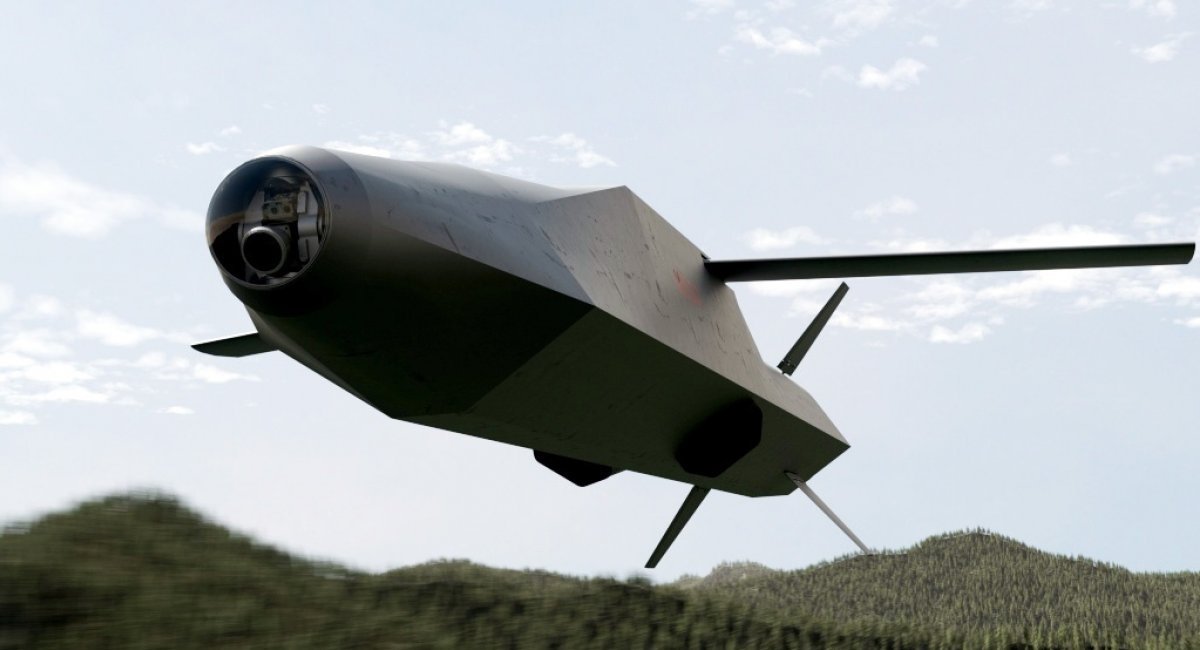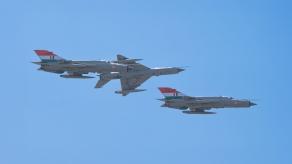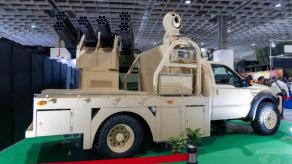European multinational MBDA company is developing a new type of weapon for the HIMARS and M270 multiple launch systems: the Joint Fire Support Missile, JFS-M for short. Its purpose is to extend the range of these launchers and is, in fact, the same that Lockheed Martin is currently doing in the United States by developing the long-range Precision Strike Missile (PrSM).
But the approach of MBDA, or rather the German division of this conglomerate, differs in a completely different and frankly more interesting approach. According to the journalists from EDR, who spoke with the company's representatives, the development is maximally accelerated due to the active use of already used components.
Read more: Russia’s Surface-To-Air Missile Systems Versus HIMARS Clash Recorded On Video in Kherson
In general, the JFS-M, which can reach high subsonic speed, is created in fairly moderate dimensions: 2.6 meters its length, 1.5 meters wingspan, and a fueled mass of 250-300 kg. It also actively uses low-visibility technologies, which is why the body of the missile has a rather futuristic shape. Such dimensions also allow loading of two JFS-M in a HIMARS and four in a M270, i.e. identical to PrSM.
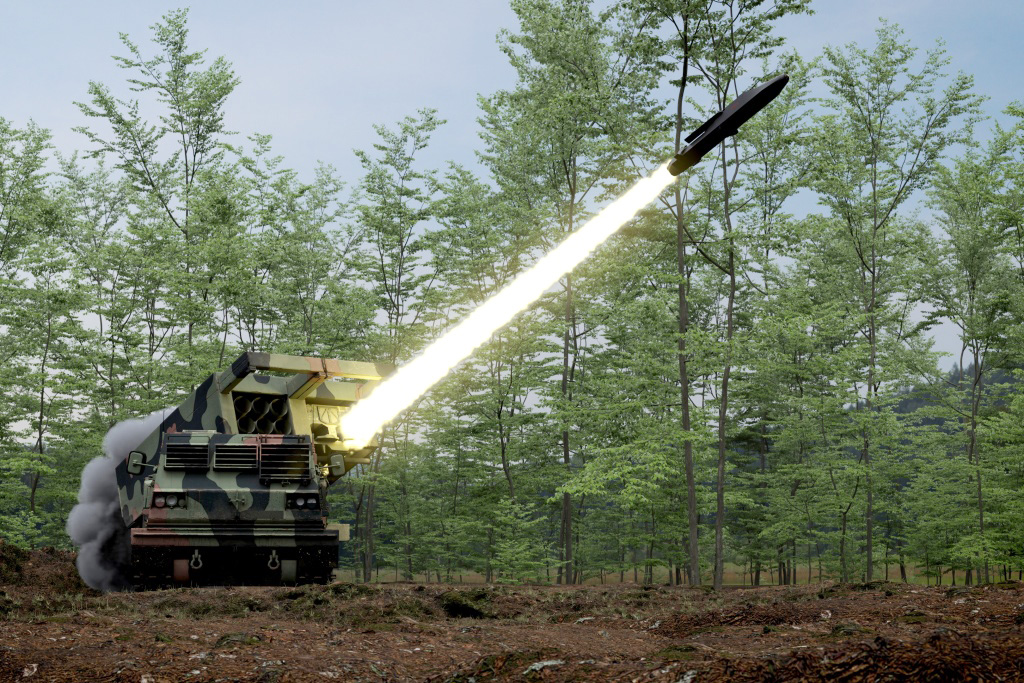
Together with the low-altitude flight path, this gives quite good chances for the missile to break through air defenses, especially due to its capability to bypass the areas covered by enemy air defense missile systems. Such an effect cannot be achieved when ballistic missiles are used.
Combat power should be sufficient to destroy "standard infrastructure", but not heavily armored bunkers. Usually, the warhead, as stated in the article, should account for up to 30% of the fueled missile’s mass. That is, its weight will be approximately similar to the power of the GMLRS missile. But as well possible it will be reduced by the addition of other systems, in particular, a EW complex for attacking anti-aircraft missile systems, or an intelligence unit for obtaining additional information about the enemy. We cannot rule out that missiles exclusively for reconnaissance purposes at all will also be made.
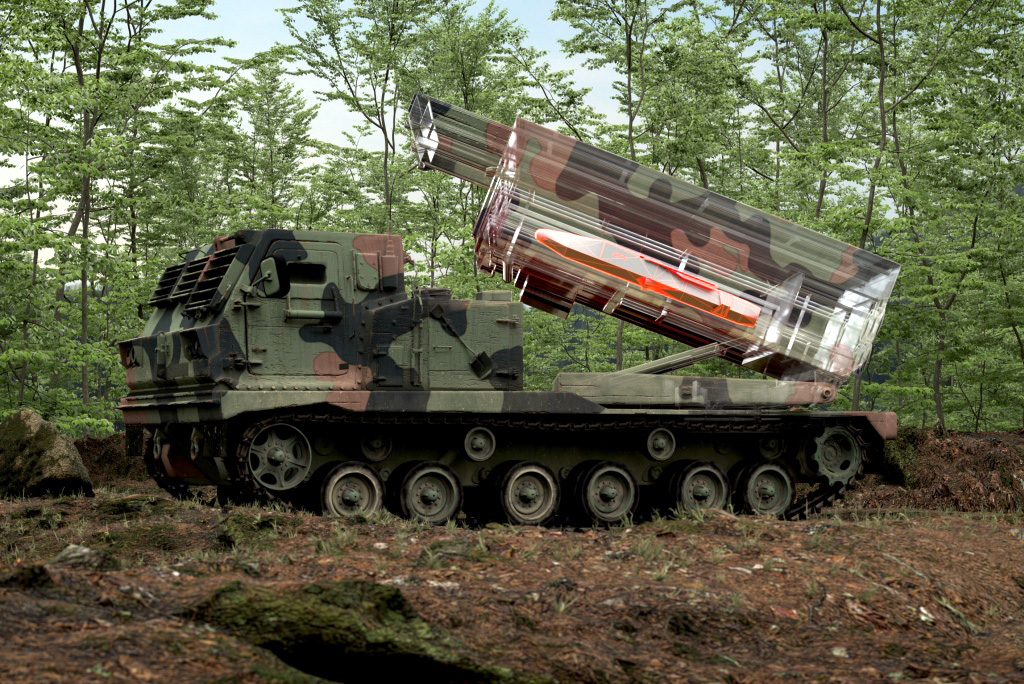
The entire modern set of systems is responsible for aiming at the target: inertial, satellite navigation and the TERCOM system during the midcourse phase of flight, and the passive thermal imaging homing head with object recognition on the terminal phase. The capability to redirect the missile already after launch, as well as to cancel the mission during the flight, is also mentioned.
As for the range, now we are talking about 499 km, for some reason, as the manufacturers claim, with reference to the already terminated agreement on the elimination of medium and short-range missiles. The deadline for the project, even despite the active use of ready-made components, is nevertheless estimated at 3 to 5 years.
On the part of Defense Express, we note that the creation of new weapons for HIMARS is beginning to take shape and may become a new standard for weapons. Such an approach can be quite interesting considering the unification of weapons systems and the expansion of their functionality, as opposed to the creation of various separate systems with all sorts of command machines, launchers, loading machines, and other infrastructure.
Read more: Slovakia Delivered the First of the Zuzana 2 'Classified' Self-Propelled Guns to Ukraine



